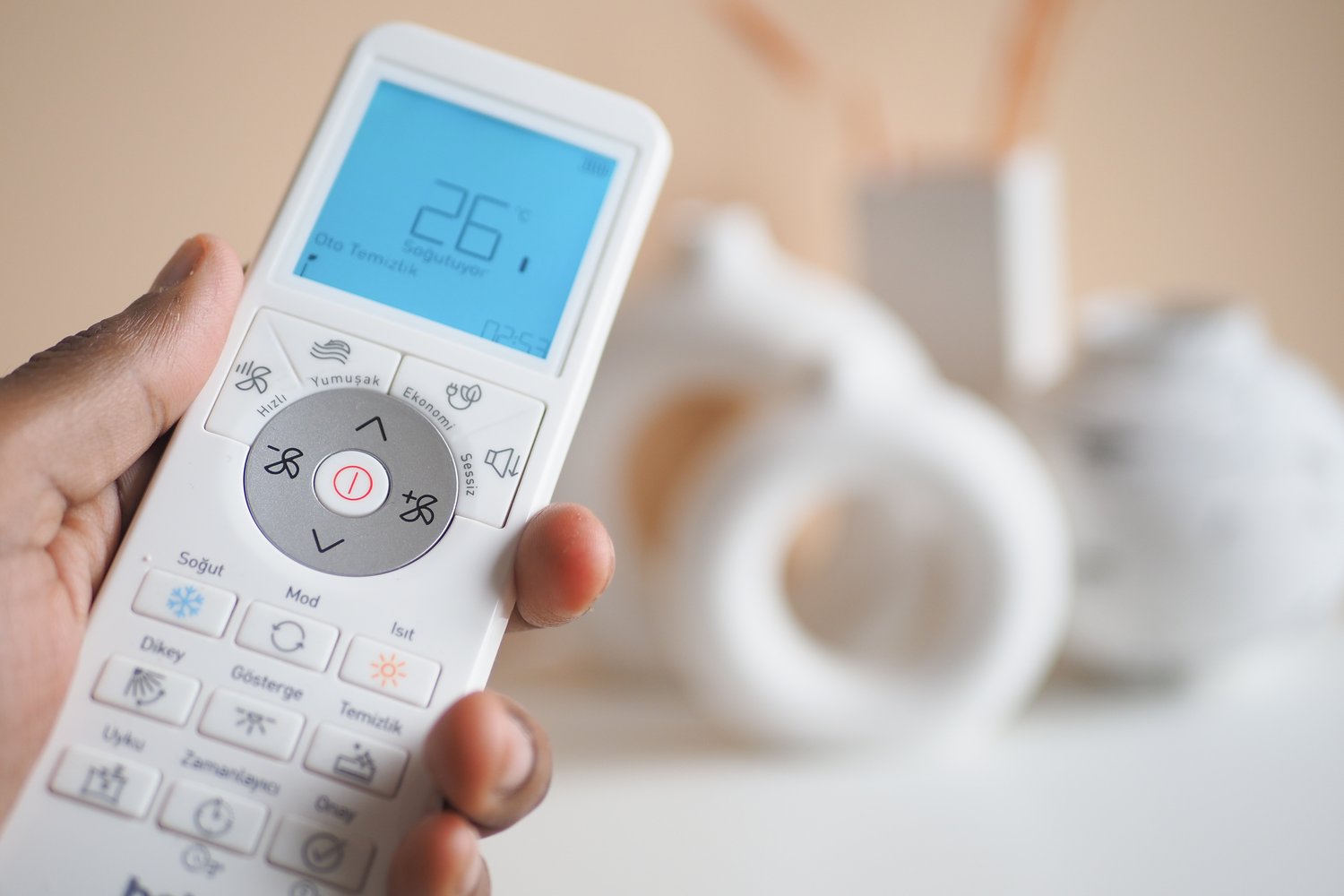Picture this: it’s a chilly evening, and you’re eager to enjoy the warmth of your electric fireplace, only to find that the remote control is completely unresponsive. This common yet frustrating scenario may leave you wondering, “Why is my electric fireplace remote not working?” Understanding the root cause can make all the difference, allowing you to restore control and enjoy uninterrupted comfort.
- Discover how battery and signal issues can disrupt your electric fireplace remote’s functionality.
- Learn effective troubleshooting techniques to quickly diagnose and resolve remote control failures.
- Explore solutions for more complex control system problems that might require professional assistance.
Dive into this guide to unlock expert tips that not only address your remote control woes but also enhance your overall fireplace experience. Whether you’re a homeowner or a professional looking for practical solutions, this article equips you with the tools to maintain optimal fireplace performance.
Common Causes of Electric Fireplace Remote Control Failures: Understanding Why Is My Electric Fireplace Remote Not Working
When your electric fireplace remote control stops working, it can be inconvenient and puzzling. Understanding why this happens is key to restoring functionality. Common causes that might lead to a remote control failure include:
Battery Issues: The most frequent culprit is often the simplest one—dead or improperly installed batteries. A remote control that operates an electric fireplace relies on batteries to function. If they are depleted or inserted incorrectly, the remote will fail to work.
Signal Interference: Another problem could be interference with the remote’s signal. These remotes typically use infrared (IR) signals to communicate with your fireplace. If there are obstacles blocking the signal or disruptions in the infrared path, the remote won’t operate effectively.
Control Circuit Problems: More complex issues may arise from the control circuit within the fireplace unit. If the internal circuit has faults or malfunctions, it can hinder the reception of signals from the remote, leading to non-responsiveness.
A thorough understanding of these potential issues is the first step in diagnosing why your electric fireplace remote isn’t working.
Troubleshooting Battery and Signal Issues
Addressing battery and signal problems can often solve the issue with your electric fireplace remote control. Follow these steps to troubleshoot effectively:
Check the Batteries: Begin by opening the battery compartment and ensuring the batteries are correctly positioned and fully charged. Replace them if necessary, ensuring the contacts are clean and the orientation is correct.
Inspect for Signal Blockage: Verify that the line of sight between the remote and the fireplace sensor is clear of obstacles. Furniture, curtains, or other items may block the infrared path, preventing the signal from reaching the fireplace.
By focusing on these simple troubleshooting steps, you can often resolve the issue of your electric fireplace remote not working, restoring comfort and convenience to your home environment.
Effective Control System Solutions: Steps for Troubleshooting Why Is My Electric Fireplace Remote Not Working
For many homeowners, an electric fireplace provides a cozy ambiance at the touch of a button. However, when the remote control fails to function, it can be frustrating. After identifying common causes of malfunction, such as battery and signal issues, it’s important to take proactive steps to restore full control of your electric fireplace.
Step 1: Replace and Check the Batteries
The simplest and often most effective solution is to replace the batteries in your electric fireplace remote. Use high-quality, brand-new batteries to ensure optimal performance. Double-check that they are inserted correctly, aligning with the plus and minus signs in the battery compartment.
Step 2: Reset the Remote Control
Sometimes, resetting the remote can resolve many connectivity issues. To do this, remove the batteries and press any button on the remote for a few seconds. This action drains any residual power and can help reset the remote’s internal software.
Step 3: Check for Interference and Obstructions
If your electric fireplace uses infrared signals, ensure there are no obstacles between the remote and the fireplace sensor. Move any furniture or decorative items that might be obstructing the signal path and causing remote failure.
Step 4: Professional Assistance for Advanced Issues
When basic troubleshooting doesn’t solve the problem, it might be a sign of more complicated control system issues. In these cases, it’s prudent to seek professional assistance. An experienced electrician or a certified fireplace technician can provide an in-depth diagnosis and repair, particularly if the problem involves internal circuitry or remote programming conflicts.
By following these steps, you can often restore the functionality of your electric fireplace remote. This ensures your unit runs smoothly and continues to bring warmth and style to your space.
Frequently Asked Questions
Why is my electric fireplace remote not turning on my fireplace?
Ensure the remote has fresh batteries and that there is no obstruction blocking the infrared signal.
How do I know if the batteries in my remote are dead?
Replace the batteries with new ones and see if the remote functions. It’s also useful to test the current batteries in a different device.
What should I do if my remote’s signal is being interfered with?
Remove any objects between the remote and the fireplace and ensure the path is clear.
What can cause signal interference?
Common causes include other electronic devices, furniture, or walls that block the signal.
Is it safe to reset the electric fireplace control system?
Yes, resetting can often resolve issues, but always follow the manufacturer’s instructions to ensure safety.
When should I call a professional to fix the remote issue?
If changing the batteries and clearing the signal path don’t work, or if you’re uncomfortable troubleshooting, it’s best to consult a professional.





